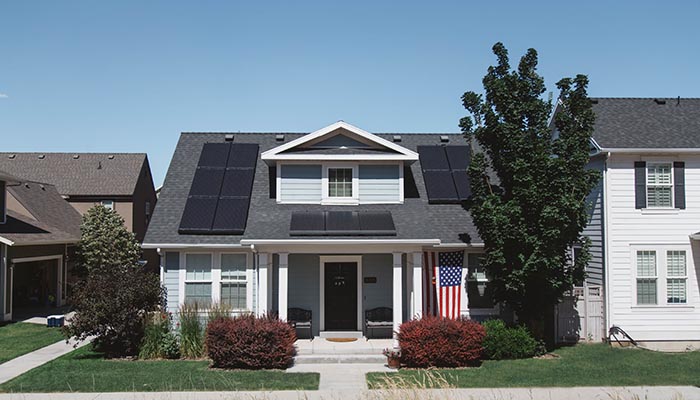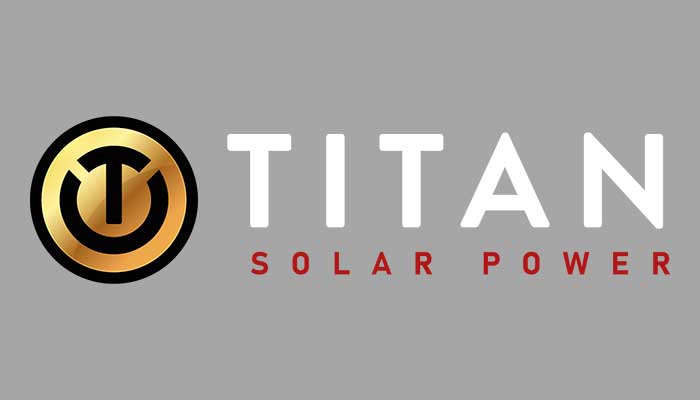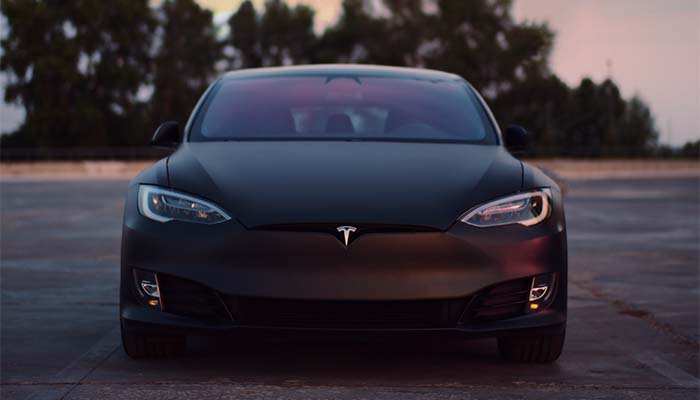
Updated January 8, 2022
If you’re about to take a big, bold leap into the world of solar power, congratulations! Not only are you doing the right thing for the environment, but you’re liable to save a lot of money on your energy bill. Yet despite its obvious benefits, solar power isn’t free. So, how does solar panel billing work?
Depending on whether you bought the solar panels or you’re leasing them, you may receive a monthly bill for the panels. You’ll also receive a bill from your power company for service fees, and for any power you drew from the grid. Finally, you’ll get an annual true-up statement.
But how do all of these bills work? More importantly, where do you actually save money? Let’s take a closer look at how solar billing works, from the panels themselves to your annual statement.
Solar Panel Billing Basics
First, let’s talk about your solar panel bill. The good news is that you might not have to worry about this part. If you purchased your solar panels outright, you own them free and clear. In that case, your only “bill” for the solar panels will be a monthly statement telling you how much energy they produced.
That said, you may have obtained your solar panels via a lease, a loan, or a Power Purchase Agreement (PPA). In those situations, you’ll receive a monthly bill for your solar panels. Here’s a little more info on these different bill types.
- Solar lease. A solar lease is a lot like leasing a car. You pay your solar provider a fixed monthly fee for the life of the lease. This amount is calculated based on the amount of power your panels are expected to produce over the course of their useful life.
- Solar loan. A solar loan is similar to a lease, in the sense that you pay the same fixed amount every month. But unlike with a lease, you actually own your panels when the loan has been paid off. And instead of paying your solar provider, you’re paying the creditor who financed your solar panels.
- Solar PPA. With a PPA, you pay your solar provider a certain rate per kilowatt-hour (kWh), much like you pay a rate per kWh to your utility company for your regular power. This means that your solar panel bill will be higher during sunny months, and lower during less sunny months. This might sound like a bad idea, but the devil is in the details. Your cost per kWh for solar energy should be lower than your utility company’s rate. That way, when your solar bill is at its highest, you’ll be saving the most money on your regular utility bill.
A solar lease or solar loan bill will be a simple bill for a set amount, the same as your car note or mortgage. A PPA bill will contain a breakdown of how much energy you produced, the cost per kWh, and the total amount you owe. In this sense, it looks a lot like an ordinary gas or electric bill.
Net Energy Metering
Unless you’re completely off the grid, your solar power will be provided via a system called net energy metering. Net energy metering allows you to feed excess solar power back into the grid when it’s not being used. Then, when you’re using more energy than your panels provide, you’ll draw power from the grid.
For example, let’s say it’s a pleasant day, your AC isn’t running, and you’re out of the house from 8 AM to 6 PM. During those hours, your house is drawing very little power, and your solar panels are feeding most of their energy into the grid. Later on, you get home, turn on the TV, and use your electric stove while the sun is going down. As your solar panel output drops to zero, you begin drawing more power from the grid.
When your utility company sends you your bill, the power you’ve sent to the grid is applied as a credit. Exactly how this works depends on your utility company, so make sure you know how their solar credit system works before you proceed. For instance, some utility companies roll over unused credits from month to month, while with others, unused credits expire.
Will I Still Receive a Monthly Electric Bill?
Even if you have the world’s most powerful solar array, you’re going to receive an electrical bill for any on-grid system. Then again, you can expect to pay a lot less than you used to pay.
A typical power bill has three types of charges: service charges, energy use, and taxes. Here’s an overview of these charges, and how they’re different when you have a solar system.
- Service charges. This is a flat fee that all utility customers pay for being connected to the grid. It covers the costs of line maintenance, repair, and other expenses associated with the grid itself. Depending on your bill, there may be one or several charges, but the total is rarely more than a few dollars. That said, your service charges won’t go down when you install a solar panel.
- Energy use. This is where you’ll see the most significant savings. Because of net metering, any excess solar power you’ve produced will be applied to your bill as a credit. If you’ve produced more excess power than you’ve taken from the grid, the energy use portion of your bill could even be zero! Solar credits are typically applied from the previous month’s credits. So if you turn on your solar system on June 1st, you won’t see any savings in your July bill. The first credits will become available on your August bill.
- Taxes. Energy taxes vary from state to state, but they’re typically based on on-grid electricity use. For every kWh of power you’re drawing from your solar panels, you’re not paying taxes. Keep in mind that you might still pay taxes for on-grid power, even if you didn’t have to pay for the power itself because you had solar credits.
Another thing to consider is whether or not your utility company uses tiered pricing. In a tiered pricing system, your price per kWh goes up after you’ve exceeded the limit for your tier. The more power you use in a month, the higher tier you get pushed to, and the more you end up paying. Even if a solar system doesn’t reduce your energy use charges to zero, it can put you in a lower pricing tier.
Annual True-Up Statement
The last piece of paperwork you’ll need to be familiar with is your annual true-up statement. This statement will come once a year, at the end of your 12-month billing cycle.
In most cases, this will be nothing more than a simple statement. You’ll see your total energy usage for the year, along with your total solar production. You’ll also see your excess solar production, credits, and how they’ve been applied. At the time of your statement, any left-over credits will be reset to zero.
On the other hand, you could end up owing money on your annual statement. This could happen if your energy use surged in the last month of your billing cycle. It’s unusual, but it could happen if you bought new large appliances, or had some change in lifestyle that pushed your power usage up.
At this time, it’s also a good idea to check how much you’re saving. You can compare this month’s bill (with solar power) to the bill from the same month last year (without solar power). If everything has gone well, you’ll be paying significantly less.
Conclusion
No matter how you’re paying for your solar panels, reading and understanding your bills is straightforward. Keep track of this information, and you’ll know how much you’re saving. You’ll also know that for every kWh you save, you’re reducing your carbon footprint.
If you still have questions about your solar and utility bills, call your solar provider or utility company. They’ll be able to answer any specific questions.



